Astronomers find regular rhythms among pulsating stars
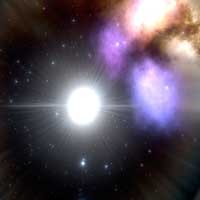 Through the noise, a class of stars reveals its inner workings; poor 'social distancing' identified using NASA space telescope.
Through the noise, a class of stars reveals its inner workings; poor 'social distancing' identified using NASA space telescope.
May 13th, 2020
Read more
 Subscribe to our Space Exploration News feed
Subscribe to our Space Exploration News feed
 Through the noise, a class of stars reveals its inner workings; poor 'social distancing' identified using NASA space telescope.
Through the noise, a class of stars reveals its inner workings; poor 'social distancing' identified using NASA space telescope.
May 13th, 2020
Read more Researchers simulate the core of Mars to investigate its composition and origin.
Researchers simulate the core of Mars to investigate its composition and origin.
May 13th, 2020
Read more The oldest molecular fluids in the solar system could have supported the rapid formation and evolution of the building blocks of life.
The oldest molecular fluids in the solar system could have supported the rapid formation and evolution of the building blocks of life.
May 12th, 2020
Read more In February and July of 2019, the Hayabusa2 spacecraft briefly touched down on the surface of near-Earth asteroid Ryugu. The readings it took with various instruments at those times have given researchers insight into the physical and chemical properties of the 1-kilometer-wide asteroid.
In February and July of 2019, the Hayabusa2 spacecraft briefly touched down on the surface of near-Earth asteroid Ryugu. The readings it took with various instruments at those times have given researchers insight into the physical and chemical properties of the 1-kilometer-wide asteroid.
May 11th, 2020
Read more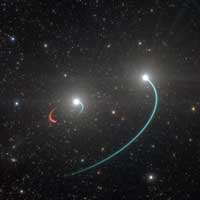 Invisible object has two companion stars visible to the naked eye.
Invisible object has two companion stars visible to the naked eye.
May 6th, 2020
Read more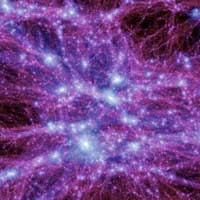 Current experiments' detectors and data analyses efforts could be refocused to seek out newly suggested types of dark matter signals that may have been overlooked.
Current experiments' detectors and data analyses efforts could be refocused to seek out newly suggested types of dark matter signals that may have been overlooked.
May 5th, 2020
Read more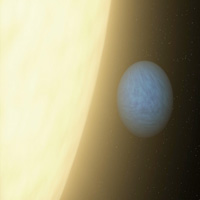 When searching for extraterrestrial life, astronomers may want to look at planets with hydrogen-rich atmospheres.
When searching for extraterrestrial life, astronomers may want to look at planets with hydrogen-rich atmospheres.
May 5th, 2020
Read more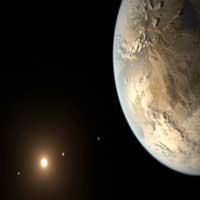 An interdisciplinary team of researchers has provided a framework called a 'detectability index' to help prioritize exoplanets to study and provide scientists with a tool to select the best targets for observation and maximize the chances of detecting life.
An interdisciplinary team of researchers has provided a framework called a 'detectability index' to help prioritize exoplanets to study and provide scientists with a tool to select the best targets for observation and maximize the chances of detecting life.
May 4th, 2020
Read more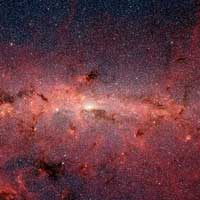 Galaxies such as our own Milky Way are more likely to harbor intelligent, technologically advanced civilizations, astrophysicist argues.
Galaxies such as our own Milky Way are more likely to harbor intelligent, technologically advanced civilizations, astrophysicist argues.
May 1st, 2020
Read more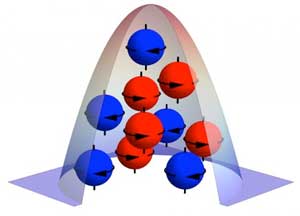 Our current understanding of cosmology and nuclear physics suggests that dark matter could be made of axions, hypothetical particles with unusual symmetry properties. Scientists report on how to search for axions using the unique properties of Bose-Einstein condensates.
Our current understanding of cosmology and nuclear physics suggests that dark matter could be made of axions, hypothetical particles with unusual symmetry properties. Scientists report on how to search for axions using the unique properties of Bose-Einstein condensates.
May 1st, 2020
Read more The next generation of powerful Earth- and space-based telescopes will be able to hunt distant solar systems for evidence of life on Earth-like exoplanets - particularly those that chaperone burned-out stars known as white dwarfs.
The next generation of powerful Earth- and space-based telescopes will be able to hunt distant solar systems for evidence of life on Earth-like exoplanets - particularly those that chaperone burned-out stars known as white dwarfs.
Apr 30th, 2020
Read more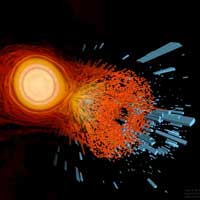 Computer models of merging neutron stars predicts how to tell when this happens.
Computer models of merging neutron stars predicts how to tell when this happens.
Apr 30th, 2020
Read more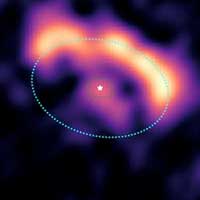 An international team of astronomers has captured fifteen images of the inner rims of planet-forming disks located hundreds of light years away. The images shed new light on how planetary systems are formed.
An international team of astronomers has captured fifteen images of the inner rims of planet-forming disks located hundreds of light years away. The images shed new light on how planetary systems are formed.
Apr 30th, 2020
Read more Using advanced techniques, scientists have detected organic compounds containing nitrogen in Martian meteorites which were ejected from Mars' surface some 15 million years ago, proving that evidence for early life can be preserved and detected today.
Using advanced techniques, scientists have detected organic compounds containing nitrogen in Martian meteorites which were ejected from Mars' surface some 15 million years ago, proving that evidence for early life can be preserved and detected today.
Apr 29th, 2020
Read more Cosmologists have gained new insights into the density and structure of matter in the Universe.
Cosmologists have gained new insights into the density and structure of matter in the Universe.
Apr 28th, 2020
Read more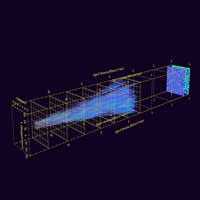 A direct, observation-based test of one of the pillars of cosmology.
A direct, observation-based test of one of the pillars of cosmology.
Apr 27th, 2020
Read more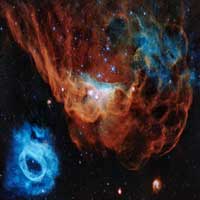 To commemorate three decades of scientific discoveries, this image is one of the most photogenic examples of the many turbulent stellar nurseries the telescope has observed during its 30-year lifetime.
To commemorate three decades of scientific discoveries, this image is one of the most photogenic examples of the many turbulent stellar nurseries the telescope has observed during its 30-year lifetime.
Apr 24th, 2020
Read more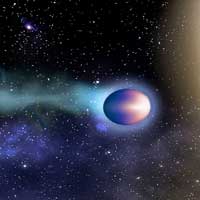 After spotting a curious pattern in scientific papers - they described exoplanets as being cooler than expected - astronomers have improved a mathematical model to accurately gauge the temperatures of planets from solar systems hundreds of light-years away.
After spotting a curious pattern in scientific papers - they described exoplanets as being cooler than expected - astronomers have improved a mathematical model to accurately gauge the temperatures of planets from solar systems hundreds of light-years away.
Apr 24th, 2020
Read more